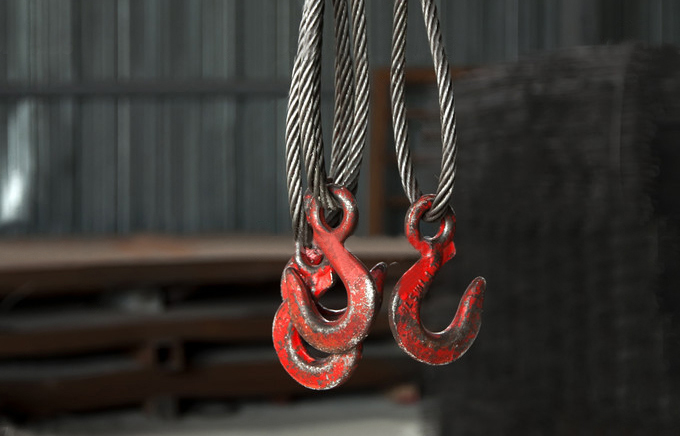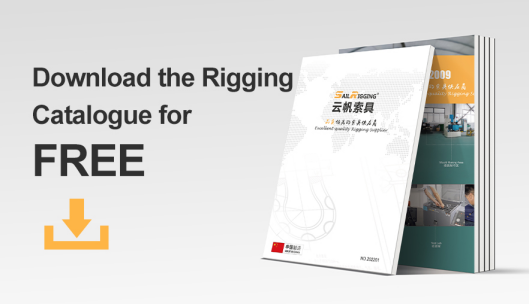There’re different types of lifting sling hooks in Sail Rigging, selecting the right type of lifting hook is very import just as important to understand the best type of sling to use. The following is the difference of eye hook, clip hook and swivel hook.
Eye Hooks
On an eye hook, a chain or fittings are welded for a permanent connection to the sling. With an eye hook, you get far more flexibility in terms of movement and ergonomics to position the hook and attach it to the load. However, an eye hook is a permanent solution—if the throat of the hook becomes stretched, cracked, or bent during use, the whole sling would have to be failed out upon inspection and removed from service.
Clevis Hooks
A clevis fastener is a fastener system consisting of a clevis and clevis pin. The clevis is a U-shaped piece that has holes at the end of prongs to accept the clevis pin. The clevis pin is similar to a bolt, but is only partially threaded or unthreaded with a cross-hole for a split pin. A clevis hook is a hook, with or without a snap lock, with a clevis and bolt or pin at the base. The clevis is used to fasten the hook to a bracket or chain.
Some rigging shops and end users who are not certified to weld alloy chain slings, utilize clevis hooks to make a mechanical connection to a chain sling. The advantage of a mechanical connection is that if a clevis hook becomes damaged due to stretch, bending, or cracking, it can easily be removed and replaced without scrapping the entire chain sling. If this occurs on a chain sling, this is considered a repair to the sling and must be proof-tested prior to the sling being put back into service.
Also, a clevis hook can pivot side to side for positioning when connecting to a load, but doesn’t have the same flexibility or freedom of movement that an eye hook does.
Swivel Hooks
There are two types of swivel hooks and the user should be aware of the type of swivel hook that they’re using prior to lifting a load into the air:
Positioning Swivel Hook – This type of hook swivels to allow the rigger to properly align the hook during connection to the load. This type of hook is NOT designed to rotate while under load and is only to be used when you need to position the hook onto the pick point.
True Swivel Hook with Bearing – This type of swivel hook has a bearing inside that allows the hook to rotate freely under load. The top fitting swivels and pivots to allow the load to rotate to prevent twisting of the rigging.
If you want to know more about lifting hooks, contact us right now.





